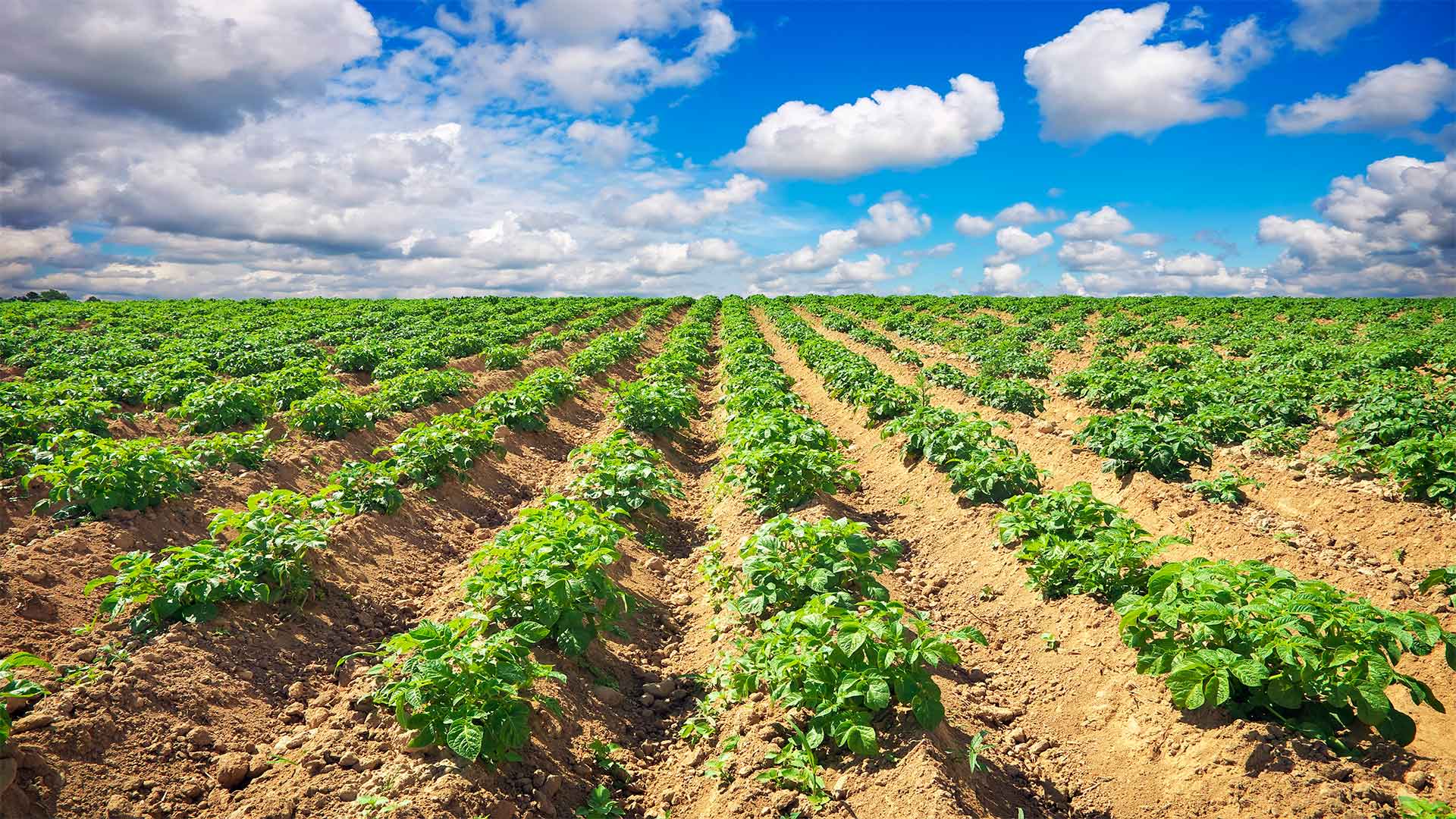How Boron Brings Stability to Food Security
Concepts of food security have evolved in the last thirty years to reflect changes in official policy thinking.
The term first originated in the mid-1970s, when the World Food Conference (1974) defined food security in terms of food supply – assuring the availability and price stability of basic foodstuffs at the international and national level: “Availability at all times of adequate world food supplies of basic foodstuffs to sustain a steady expansion of food consumption and to offset fluctuations in production and prices”.
In 1983, FAO analysis focused on food access, leading to a definition based on the balance between the demand and supply side of the food security equation: “Ensuring that all people at all times have both physical and economic access to the basic food that they need” (FAO, 1983).

Dimensions Of Food Security
Food availability: The availability of sufficient quantities of food of appropriate quality, supplied through domestic production or imports (including food aid).
Food access: Access by individuals to adequate resources (entitlements) for acquiring appropriate foods for a nutritious diet. Entitlements are defined as the set of all commodity bundles over which a person can establish command given the legal, political, economic, and social arrangements of the community in which they live (including traditional rights such as access to common resources).
Utilization: Utilization of food through adequate diet, clean water, sanitation, and health care to reach a state of nutritional well-being where all physiological needs are met. This brings out the importance of non-food inputs in food security.
Stability: To be food secure, a population, household, or individual must have access to adequate food at all times. They should not risk losing access to food as a consequence of sudden shocks (e.g. an economic or climatic crisis) or cyclical events (e.g. seasonal food insecurity). The concept of stability can therefore refer to both the availability and access dimensions of food security.
FAO’s twin-track Approach Helps Stability
FAO’s ‘twin-track approach’ for fighting hunger combines sustainable agricultural and rural development with targeted programs for enhancing direct access to food for the neediest.
Rural Development/ productivity enhancement
- Diversifying agriculture and employment
- Monitoring food security and vulnerability
- Dealing with the structural causes of food insecurity
- Reintegrating refugees and displaced people
- Developing risk analysis and management
- Reviving access to the credit system and savings mechanisms
Direct and Immediate Access to Food
- Re-establishing social safety nets, monitoring immediate vulnerability and intervention impact
- Peace-building efforts
Food Security Promotes Stability and Economic Opportunity

Greater prosperity and economic growth in low-income countries create new and expanding markets, presenting growth opportunities for American farmers, ranchers, and businesses.
For instance, in Africa alone, the value of the agriculture and food sector is expected to reach $1 trillion by 2030. Rising incomes and changing diets are increasing the demand for more diverse and nutritious foods. As economies grow, so does the demand for agricultural products, benefiting farmers locally and globally.
Growing economic opportunities in the agriculture sector reach well beyond food production into sales of machinery and inputs, growth in demand for consumer packaged goods, and digital technologies for agriculture, where American companies are global leaders. (the Chicago council.org)
Boron and Food Security in Plant Growth

In order for any living organism to flourish and function properly, it must be able to absorb nutrients from its environment in a balanced manner. It is not always possible, however, to provide sufficient nutrients to organisms at optimal levels in the environment.
Sessile plants are particularly burdened by this problem since they absorb essential minerals from the soil, where nutrient concentrations are mainly determined by igneous rock elements.
These essential minerals are therefore taken up by plants in a regulated manner over a wide range of concentrations through their roots, which then convey the nutrients to their tissues.
Nutrient transport processes in roots are regulated in a nutrient-dependent manner for a well-balanced uptake of nutrients from the soil, which is vital for plant growth and crop production.
Substrate-dependent nutrient transporters are frequently involved in root nutrient uptake. It is essential for the system to have a regulatory circuit within each cell and coordinated behavior across a tissue in order to achieve robust uptake.





